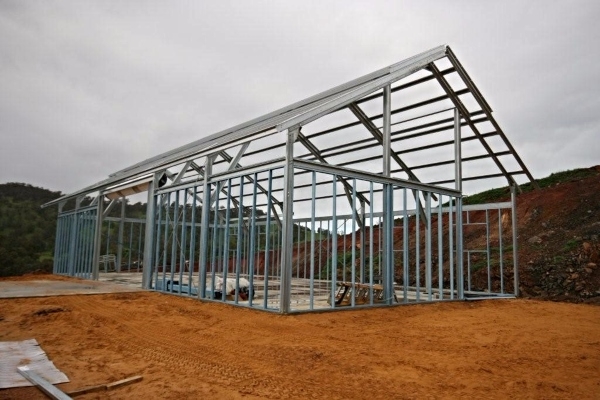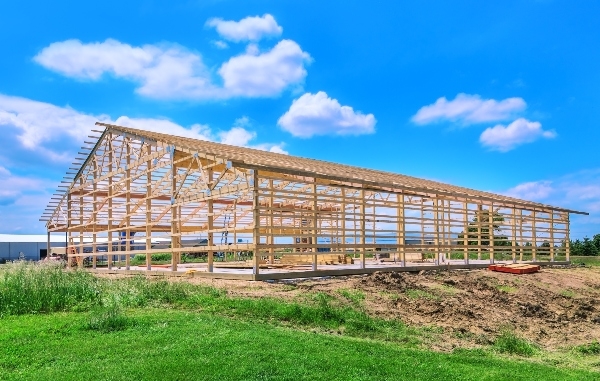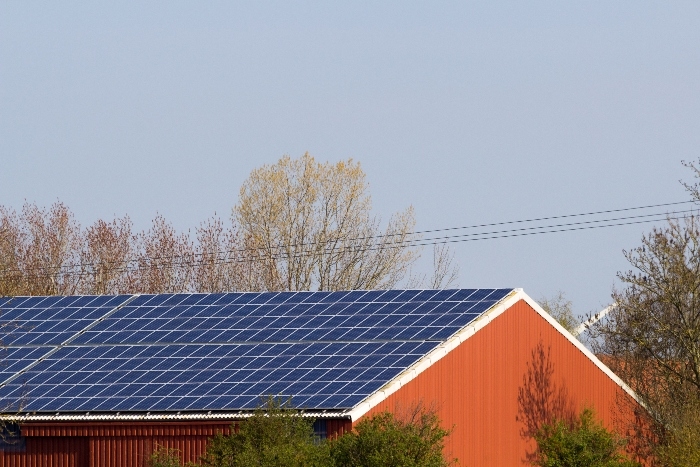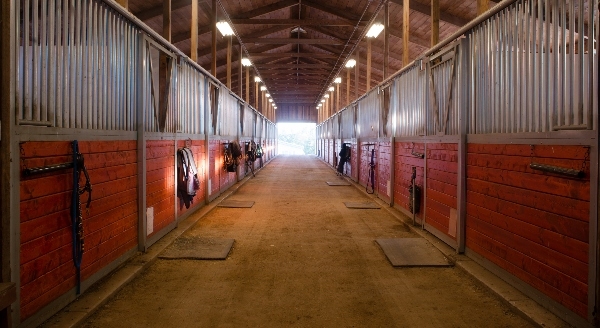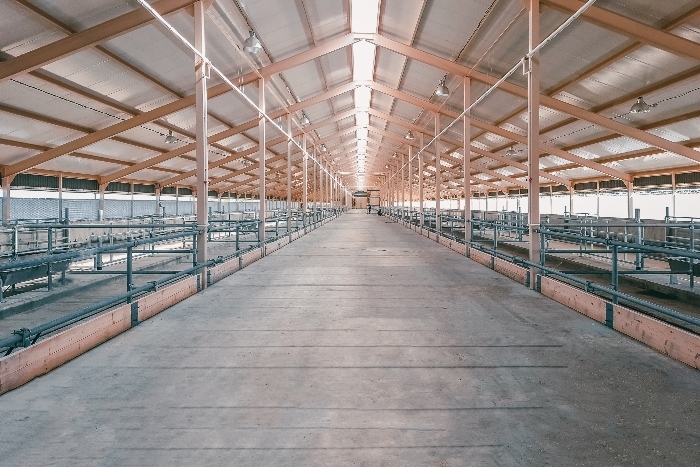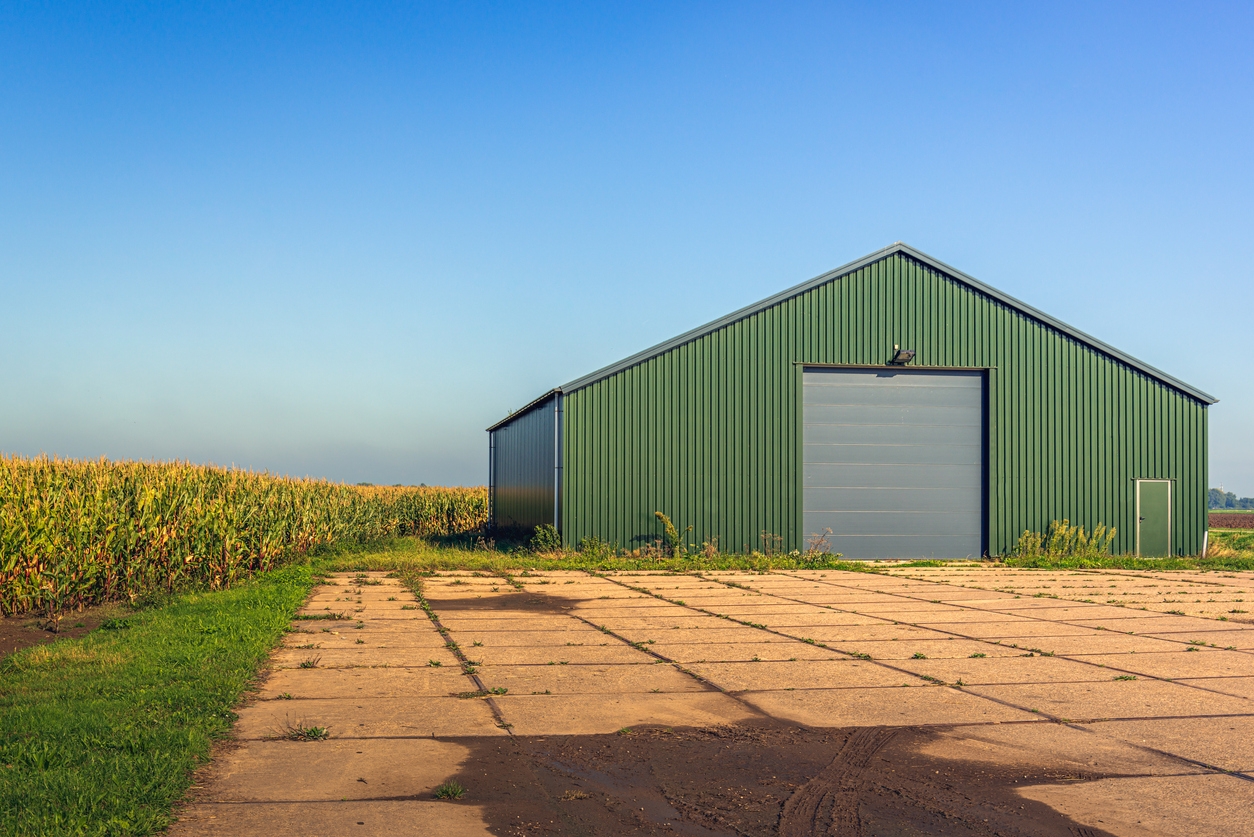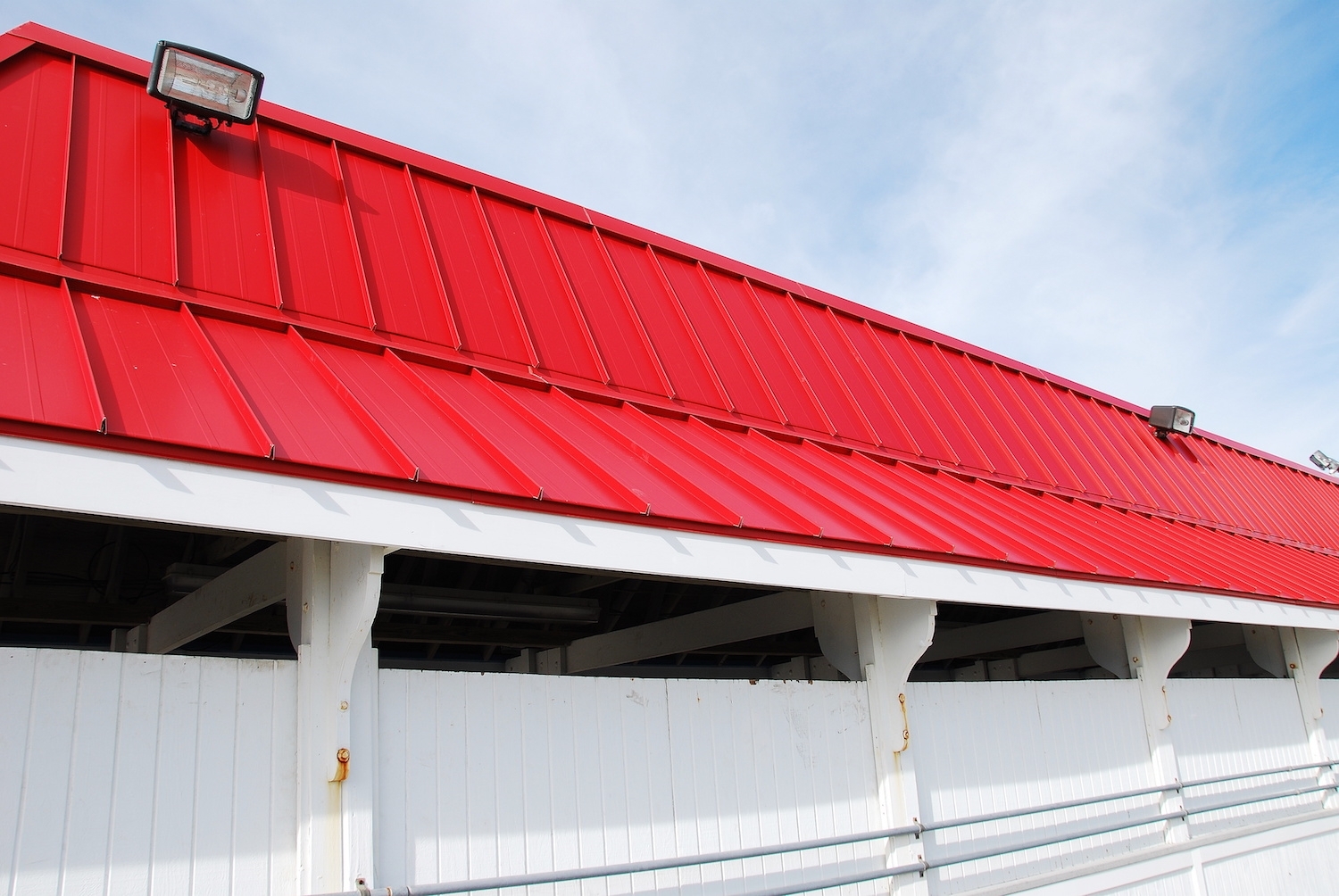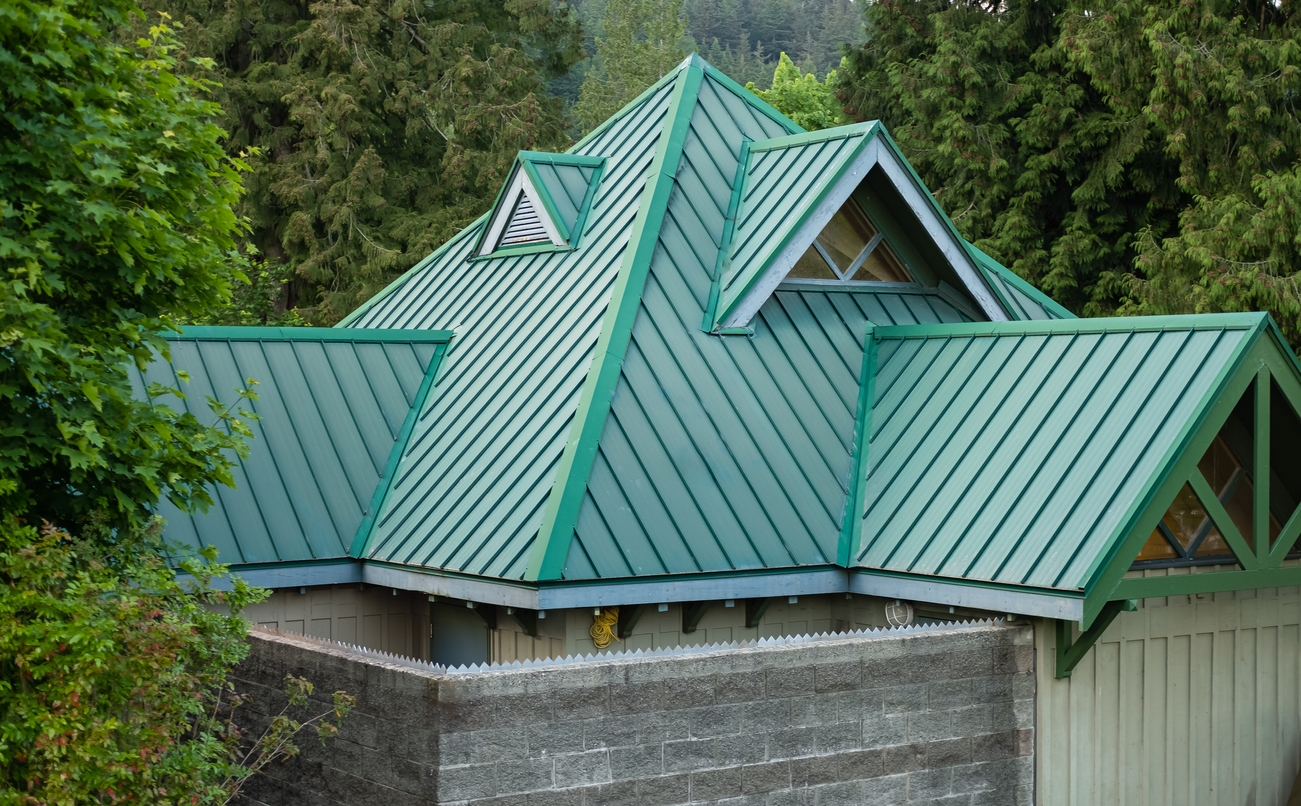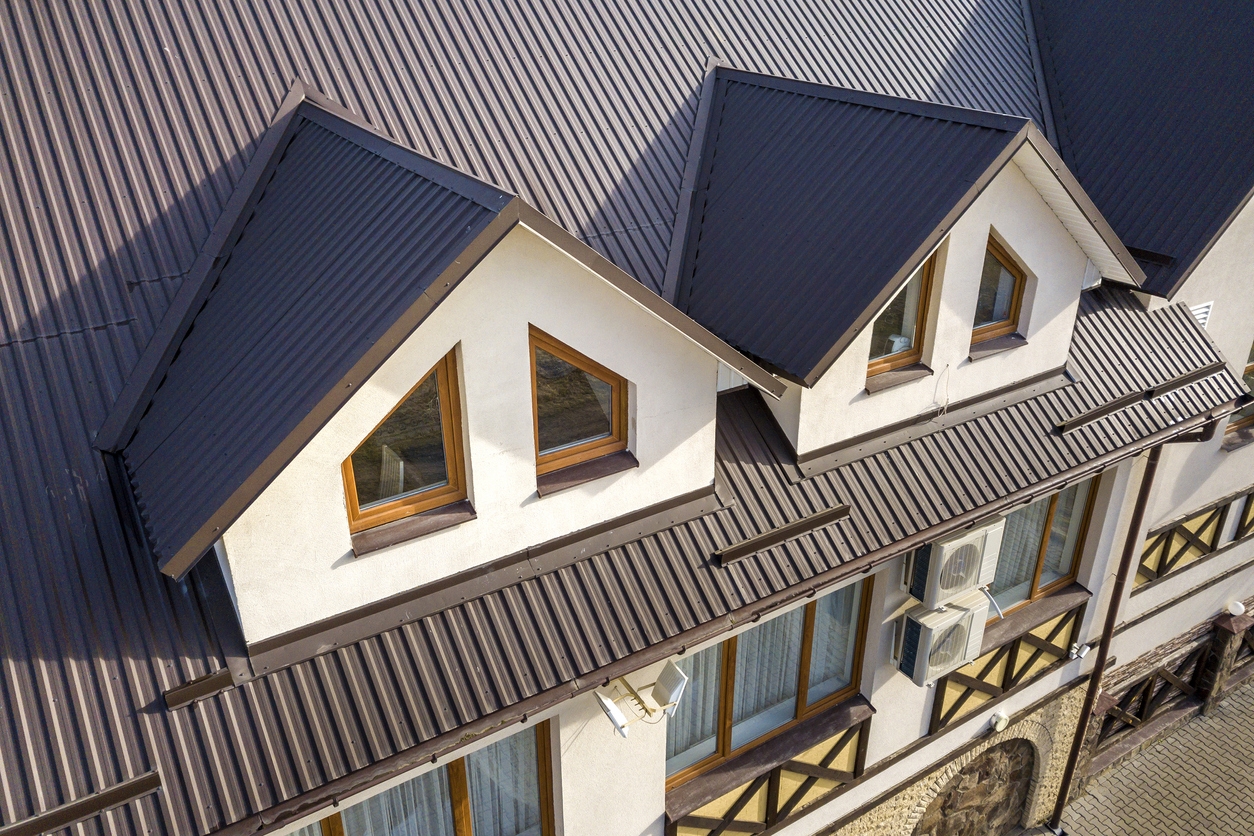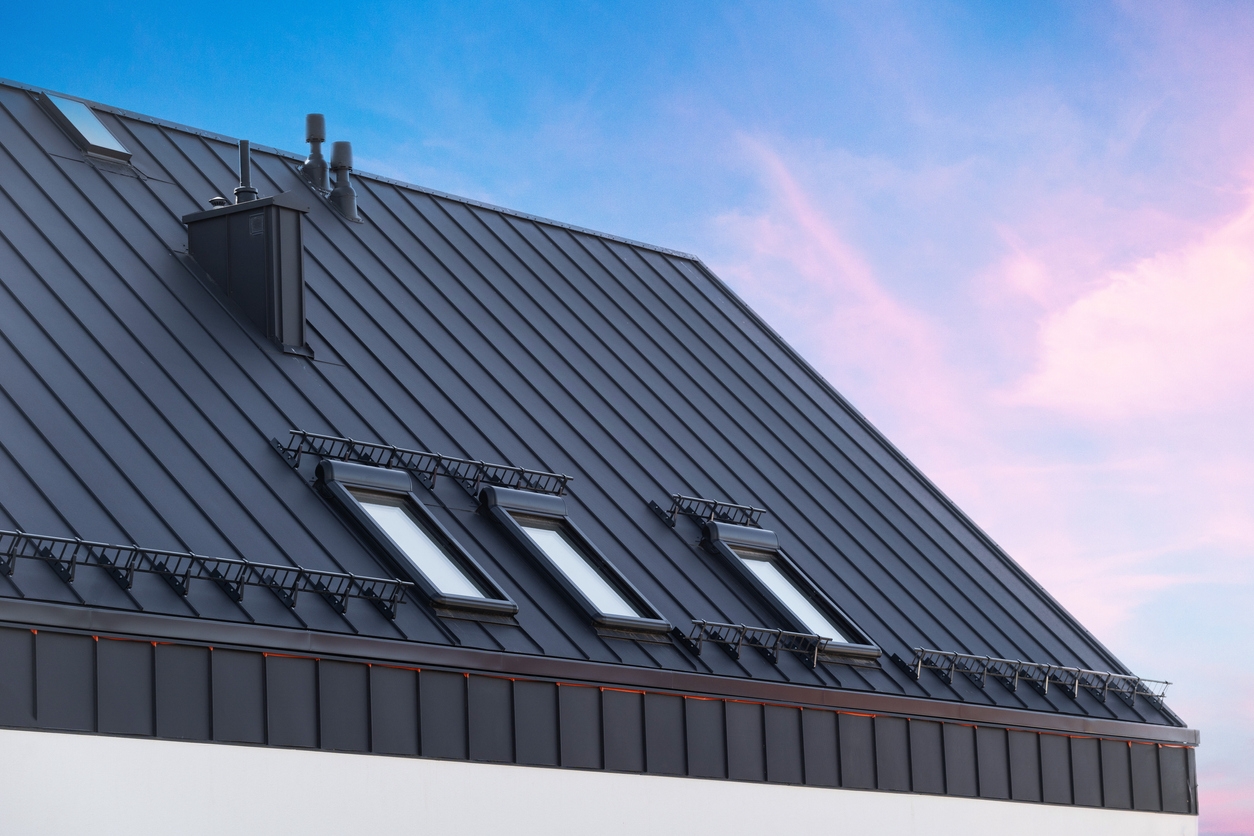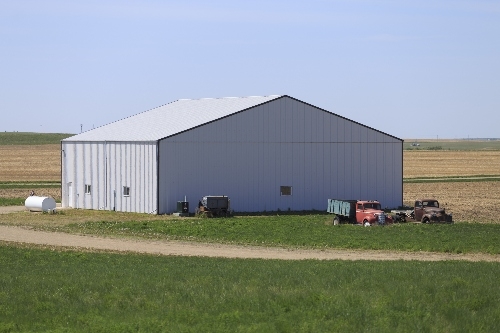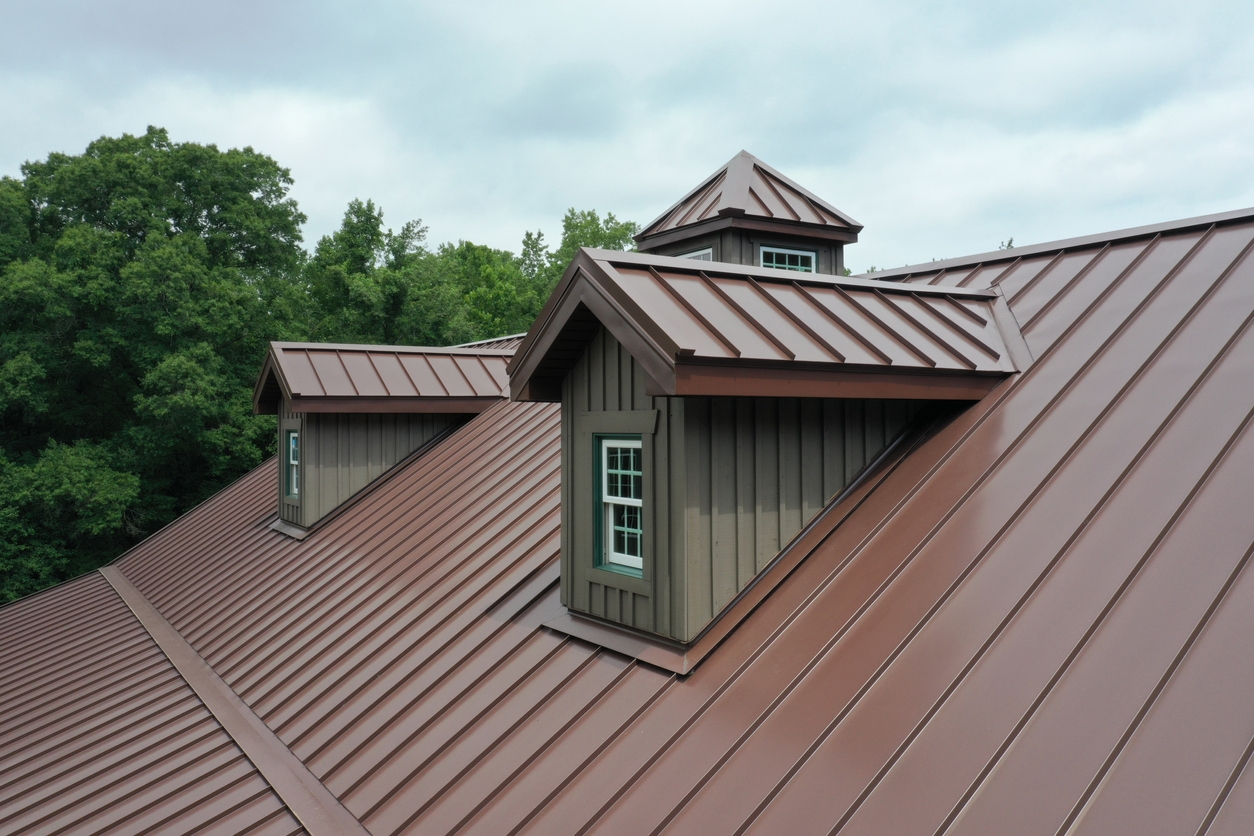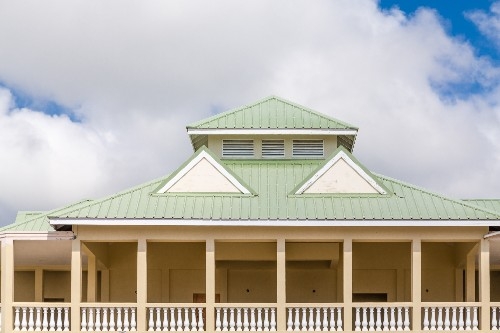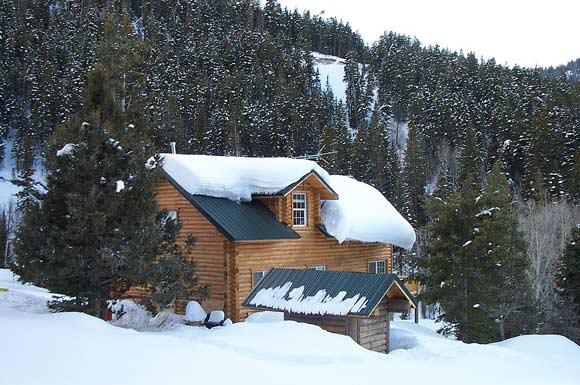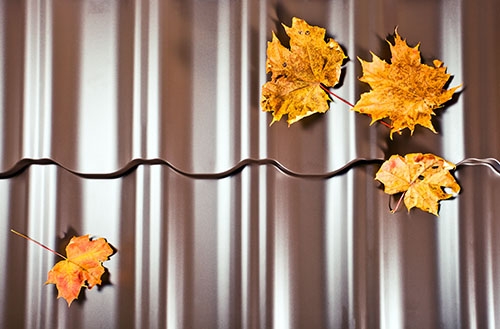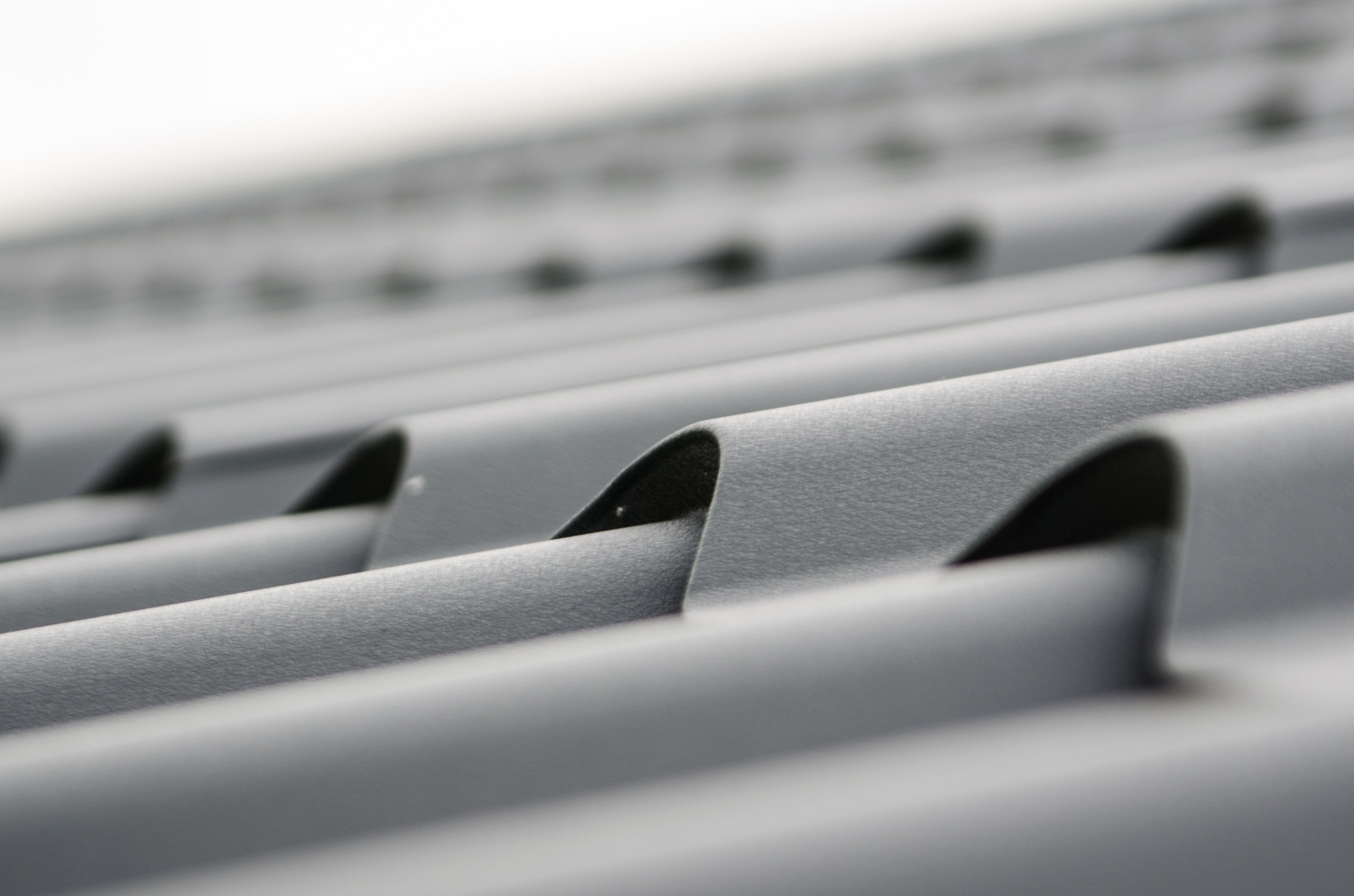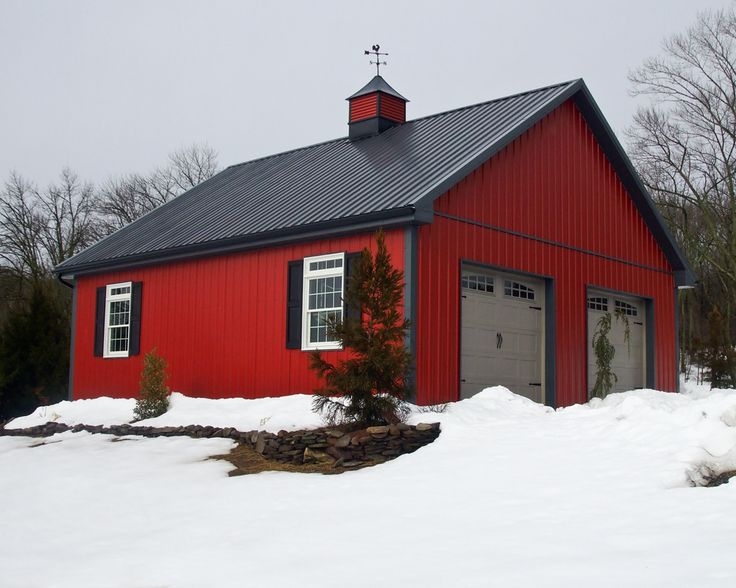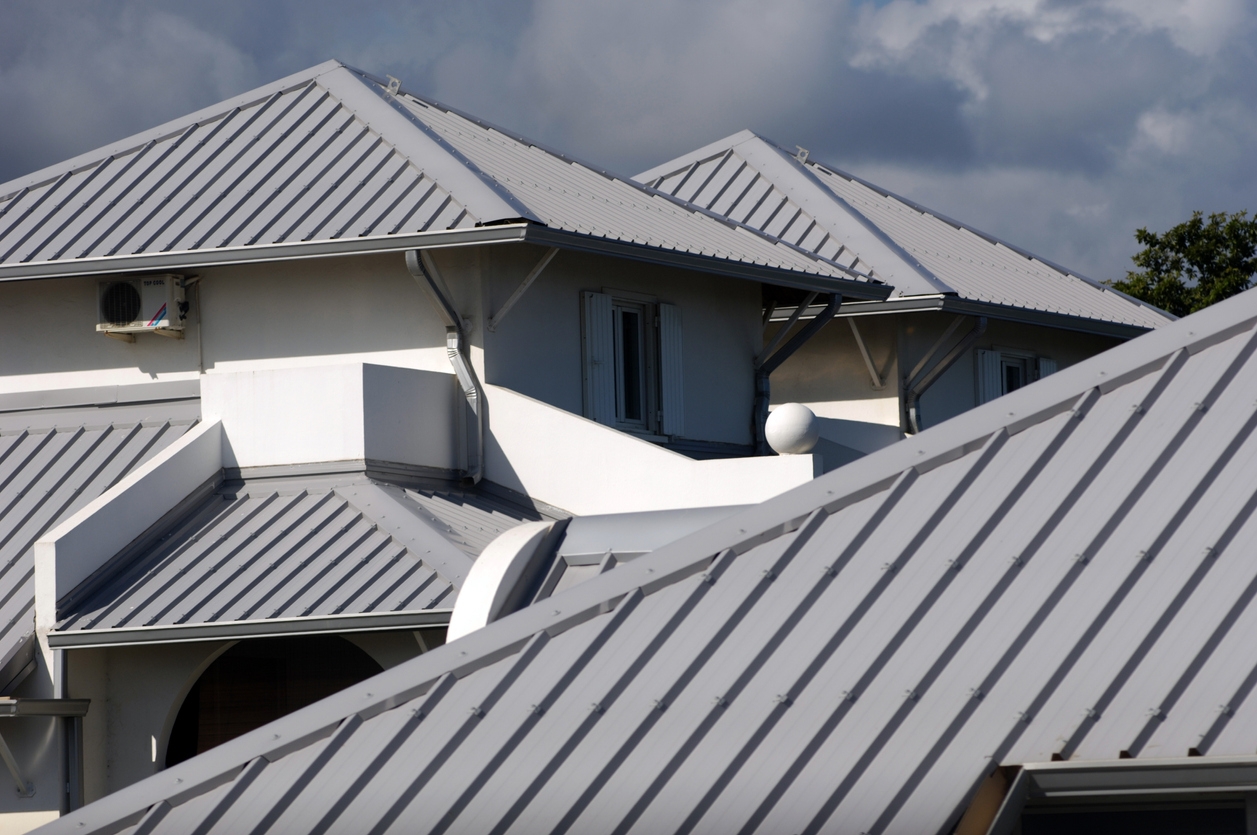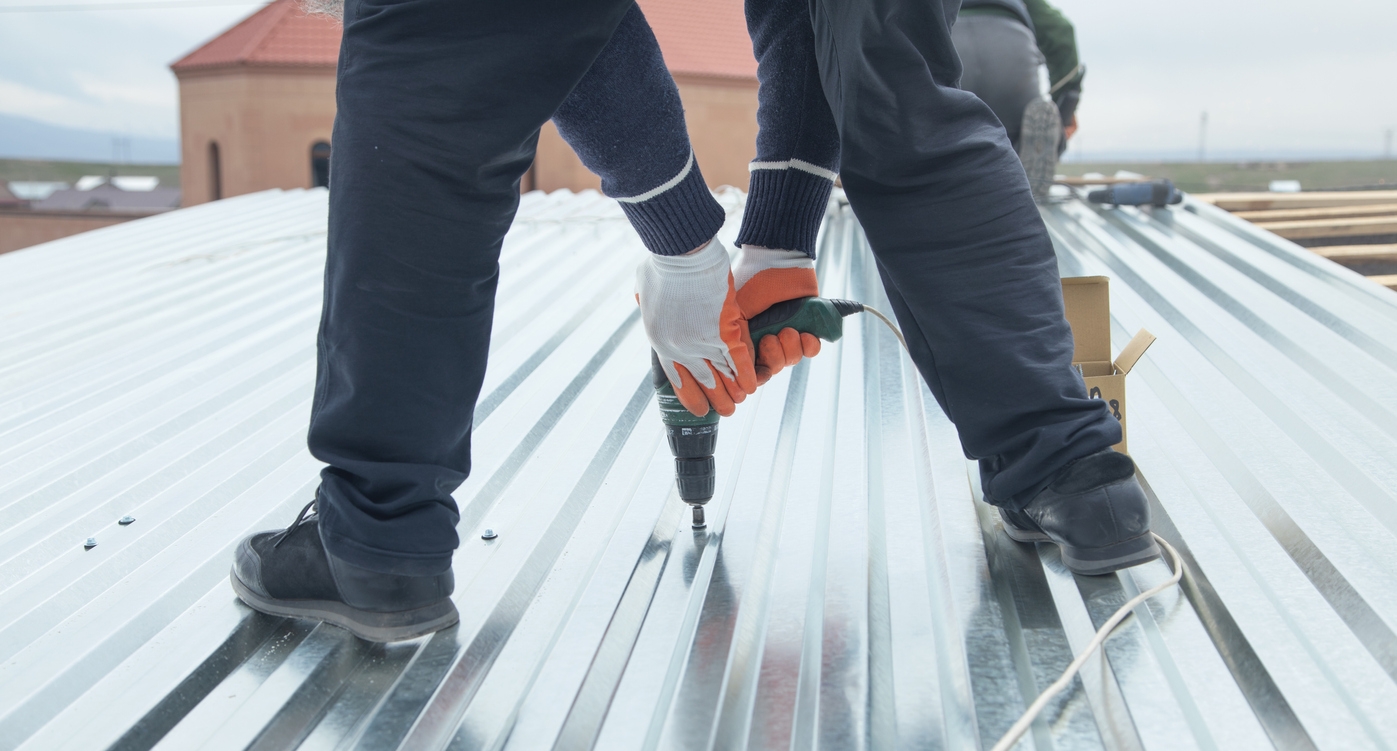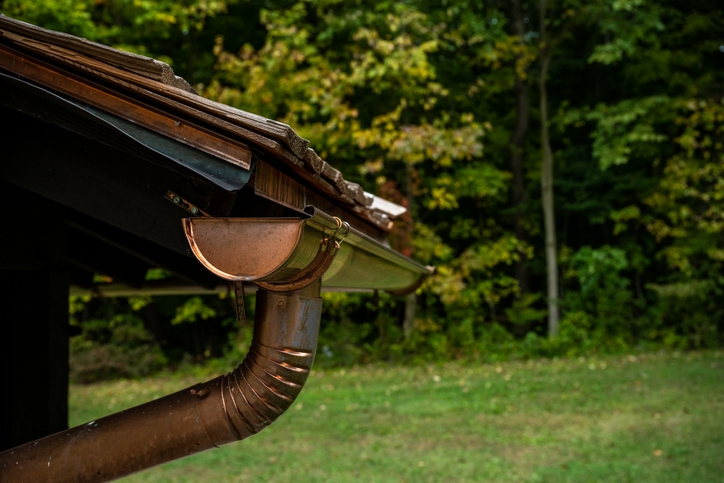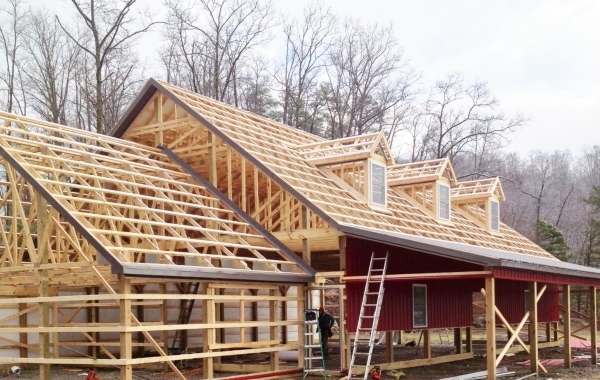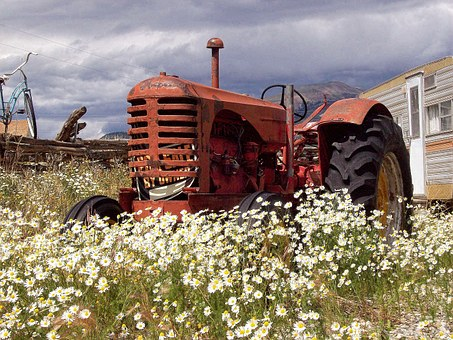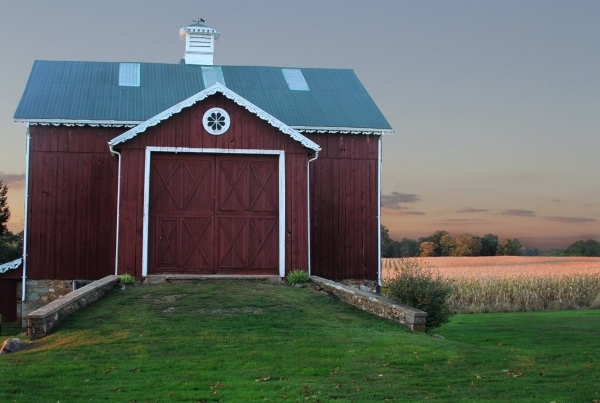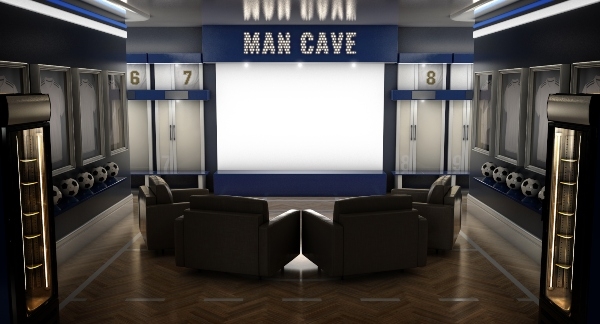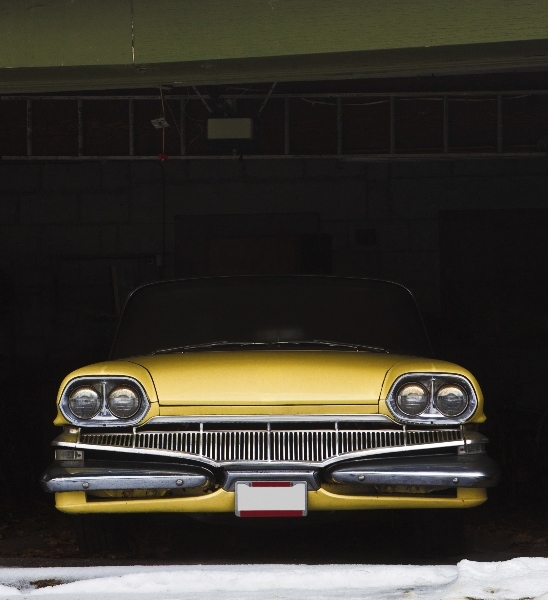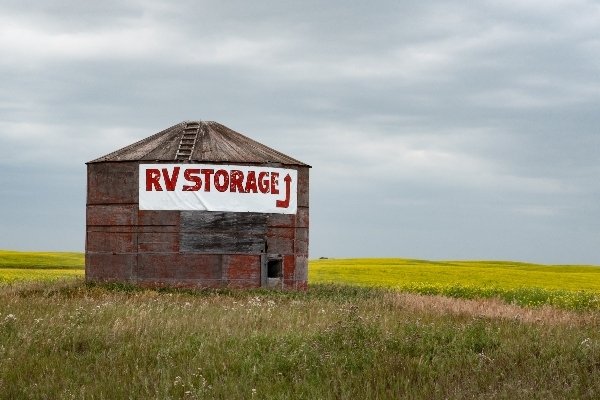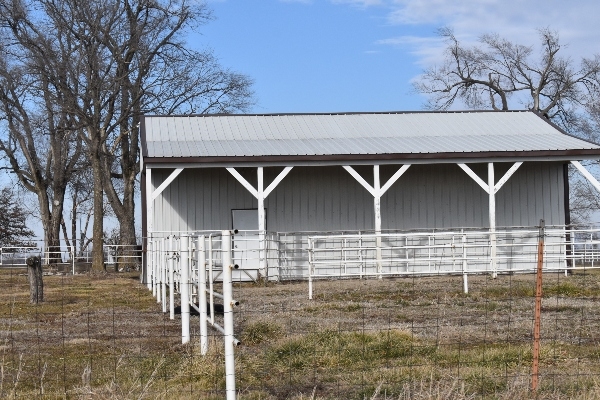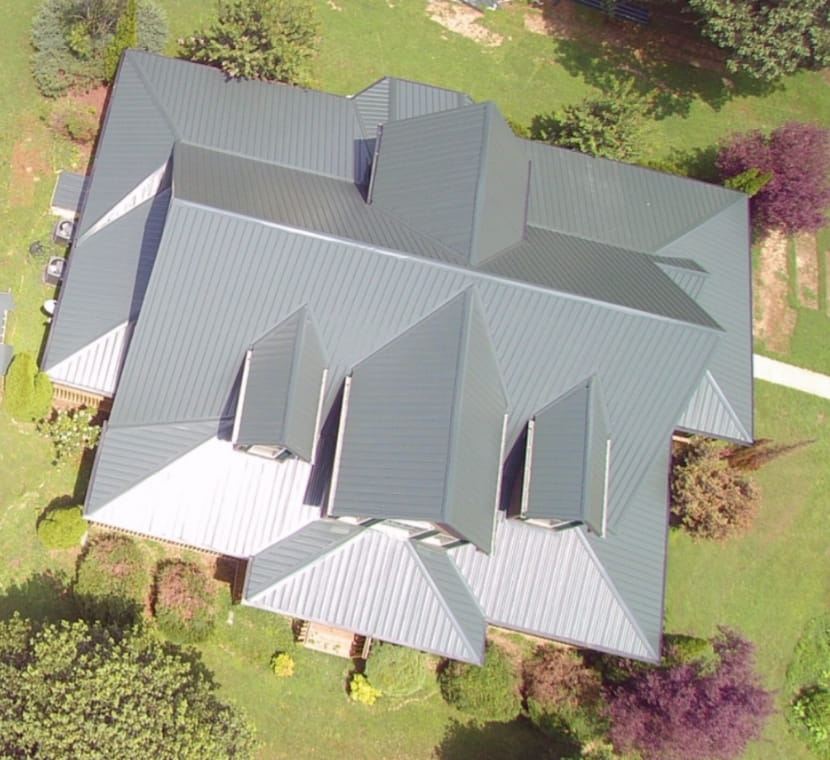
The Ultimate Guide to Caring for Metal Roofing, Metal Siding, and Metal Post-Frame Buildings
Originally posted on 07/07/2016
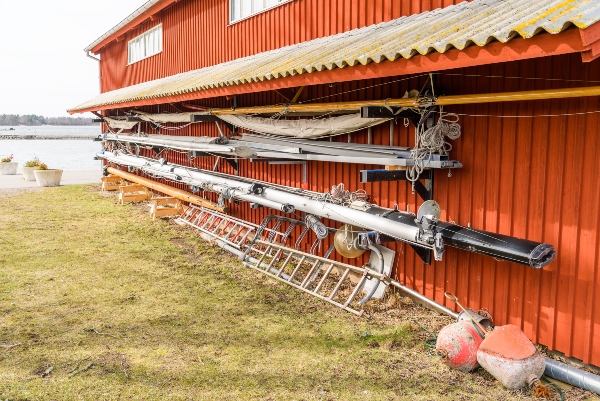
Metal roofing, metal siding, and metal post-frame buildings are smart choices for your property. They offer many benefits over traditional materials, such as durability, longevity, energy efficiency, and low maintenance.
But low maintenance doesn't mean no maintenance. To keep your metal roof panels and siding in top shape and protect your investment, you need to perform some basic care tasks at least once a year. These proper maintenance tasks will help you prevent potential problems, extend the life of your metal system, prevent future rusting, and preserve its beauty and performance.
By following this guide, you'll be able to keep the roofing components of your metal system looking great and functioning well for years to come. Let's get started!
Why You Should Maintain Your Metal System Regularly
You might be wondering why you should bother maintaining your roof structure or metal system if it's supposed to be low maintenance. The truth is, even though metal is a superior material for roofing, siding, and post-frame buildings, it's not immune to the effects of weather, pollution, dirt, debris buildup, and other elements.
If left unchecked, these elements can cause various issues on your metal system, such as:
-
Leaks
-
Dents
-
Scratches
-
Fading
-
Chalking
-
Degradation
-
Corrosion
-
Galvanic action
These issues can compromise the integrity, functionality, and appearance of your metal system, which is why metal roofs require maintenance. They can also reduce their lifespan and value. In some cases, they can even void your warranty on metal tools.
That's why it's important to maintain your metal system regularly. By doing so, you can:
-
Prevent potential problems before they become serious or costly
-
Prolong the life of your metal system and its accessories
-
Preserve the beauty and performance of your metal system
-
Protect your warranty and investment
How often should you maintain your metal system?
The answer depends on several factors, such as:
-
The type and quality of your metal roof panels, siding, and coatings
-
The design and installation of your metal system
-
The location and climate of your property
-
The exposure and orientation of your metal system
-
The amount and type of dirt and debris on your metal system
As a general rule of thumb, you should perform basic metal roofing maintenance tasks on your metal system at least once a year. However, you may need to do it more frequently if:
-
You live in an area with harsh weather conditions (such as high winds, heavy rains, snowstorms, hailstorms, when snow and ice melt, etc.).
-
You live in an area with high levels of pollution or salt (such as near industrial zones or coastal regions).
-
You have trees or other objects near your metal system that can drop leaves, branches, or other debris on it.
-
Do you notice any signs of damage or wear on your metal system (such as leaks, dents, scratches, fading, chalking, corrosion, etc.)?
How to Clean Your Metal Panels Safely and Effectively
One of the most important maintenance tasks for your metal system is cleaning. Cleaning your metal panels will help you remove dirt, dust, grime, stains, mildew, algae, bird droppings, and other elements that can damage the metal roof paint or discolor the metal roof paint.
Cleaning your metal panels will also help you improve their appearance, reflectivity, energy efficiency, surface corrosion, and performance. It will also remove debris and make it easier for you to inspect them for any signs of damage or wear.
Here are metal roof maintenance tips and some steps to follow when cleaning your metal panels :
-
Choose a dry, overcast day. Avoid cleaning your metal panels in direct sunlight, as this can cause glare, heat, and evaporation. Choose a day when the weather is mild and dry, preferably with overcast skies.
-
Prepare the cleaning solution. Use plain water or a mild cleaner or detergent that is compatible with your metal panels. Avoid using abrasive, acidic, alkaline, or solvent-based cleaners, as these can damage or discolor your metal panels. Also avoid using bleach, ammonia, chlorine, or other harsh chemicals, as these can cause corrosion or galvanic action. Check the label of the cleaner or detergent for any warnings or instructions. Dilute the cleaner or detergent with water according to the manufacturer's recommendations.
-
Wet the surface. Use a hose or pressure washer to wet the surface of your metal panels. Start from the top and work your way down. Use low to moderate pressure, as high pressure can damage or dent your metal panels. Avoid spraying water under flashings, eaves, gutters, hips, valleys, seams, edges, or any other openings where water can enter.
-
Apply the cleaning solution. Use a soft cloth, sponge, broom, or brush to apply the cleaning solution to your metal panels. Work in small sections at a time. Scrub gently in circular motions. Do not use steel wool, wire brushes, scouring pads, sandpaper, or any other abrasive tools, as these can scratch or damage your metal panels.
-
Rinse thoroughly. Use a hose or pressure washer to rinse off the cleaning solution from your metal panels. Start from the top and work your way down. Use low to moderate pressure. Rinse until no traces of soap or dirt remain.
-
Dry the surface. Use a soft cloth or towel to dry the surface of your metal panels. Alternatively, let them air dry naturally.
-
Repeat if necessary. If there are still stubborn spots or stains on your metal panels after cleaning them once, repeat the process until they are gone.
How to Inspect Your Metal Panels for Signs of Damage or Wear
Another important maintenance task for your roof inspection whole metal roof system is inspection. Inspection will help you identify any signs of damage or wear on your metal panels that may require repair or replacement.
Inspection will also help you prevent potential problems from becoming serious or costly by addressing them early.
Here are some steps to follow when inspecting your metal panels :
-
Plan ahead. Before you climb onto your roof or ladder, have a solid plan in mind. Know which areas you need to inspect and how to access them safely. Have someone help you or watch you while you work. Wear necessary safety equipment such as a harness, gloves, eyewear, and shoes. Have all your tools and materials ready and accessible.
-
Start from the ground. Begin your inspection from the ground level. Look for any signs of damage or wear on your metal siding, such as :
-
Leaks
-
Dents
-
Scratches
-
Fading
-
Chalking
-
Corrosion
-
Galvanic action
Use a pair of binoculars to get a closer look at hard-to-see areas. Mark any areas that need repair or replacement with chalk or tape.
-
-
Move to the roof. If you have metal roofing, move to the roof level. Use a ladder and a harness to access your roof safely. Have someone help you or watch you while you work. Walk on the flat areas of the panels and near the supports. Avoid walking on flashings, fasteners, gutters, vents, skylights, or any other accessories. Look for any signs of damage or wear on your metal roofing. Mark any areas that need repair or replacement with chalk or tape.
-
Check the accessories. Inspect all the accessories that are attached to your metal system, such as:
-
Flashing
-
Fasteners
-
Drains, Gutters, and Downspouts
-
Vents
-
Skylights
-
Chimneys
Look for any signs of damaged flashing materials, issues with air vents, moisture damage, or wear on these accessories. Mark any areas that need repair or replacement with chalk or tape.
-
How to Repair or Replace Damaged Metal Panels or Accessories
After inspecting your metal system, you may find some areas of your flat roof, or roofs, that need repair or replacement. Depending on the type and extent of the damage, you may be able to do it yourself or hire a professional contractor.
Here are some common repairs and replacements for your metal system :
-
Roof Leaks: To fix a leak on your metal siding or roofing, you need to locate the source of the leak and seal it with a suitable material. You can use a caulking gun and a sealant or caulk that is compatible with your metal panels. Apply the sealant or caulk over the hole or gap where the leak is coming from. Smooth it out with a putty knife and let it dry completely.
-
Dents: To fix a dent on your metal siding or roofing, you need to flatten it out with a suitable tool. You can use a rubber mallet and a wood block to gently hammer out the dent from the inside. Alternatively, you can use a suction cup dent puller to pull out the dent from the outside.
-
Scratches: To fix a scratch on your metal siding or roofing, you need to cover it with a suitable material. You can use a touch-up paint that matches the color and gloss of your metal panels. Apply the touch-up paint over the scratch with a small brush and let it dry completely.
-
Fading and chalking: To fix fading and chalking on your metal siding or roofing, you need to restore the color and gloss of your metal panels. You can use a wax-based polish that is compatible with your metal panels. Apply the polish over the faded or chalked area with a soft cloth and buff it until it shines.
-
Corrosion and galvanic action: To fix corrosion and galvanic action on your metal siding or roofing, you need to remove the affected metal panels and replace them with new ones. You also need to prevent further corrosion and galvanic action by isolating different metals from each other with suitable materials such as:
-
Rubber washers
-
Plastic spacers
-
Non-metallic flashings
-
Non-metallic fasteners
-
Replacing damaged metal panels, roofing materials or accessories is a complex and hazardous task that requires special tools and skills. It is best to hire a professional contractor who has experience in metal siding and roof installation, future replacement, and repair.
Mansea Metal's Guide Summary on How to Care for Metal Roofing and Siding
Metal roofing, metal siding, and metal post-frame buildings are smart choices for your property. They offer many benefits over traditional materials, such as durability, longevity, energy efficiency, and low maintenance.
But low maintenance doesn't mean no maintenance. To keep your metal panels in top shape and protect your investment, you need to perform some basic care tasks at least once a year or hire an experienced roofing professional or roofing contractor. These routine maintenance tasks will help you prevent potential problems, extend the life of your metal system, and preserve its beauty and performance.
By following this guide, you'll be able to keep your metal system looking great and functioning well for years to come. We hope you found this guide helpful and informative. If you have any questions or comments, please feel free to contact us. We'd love to hear from you.

